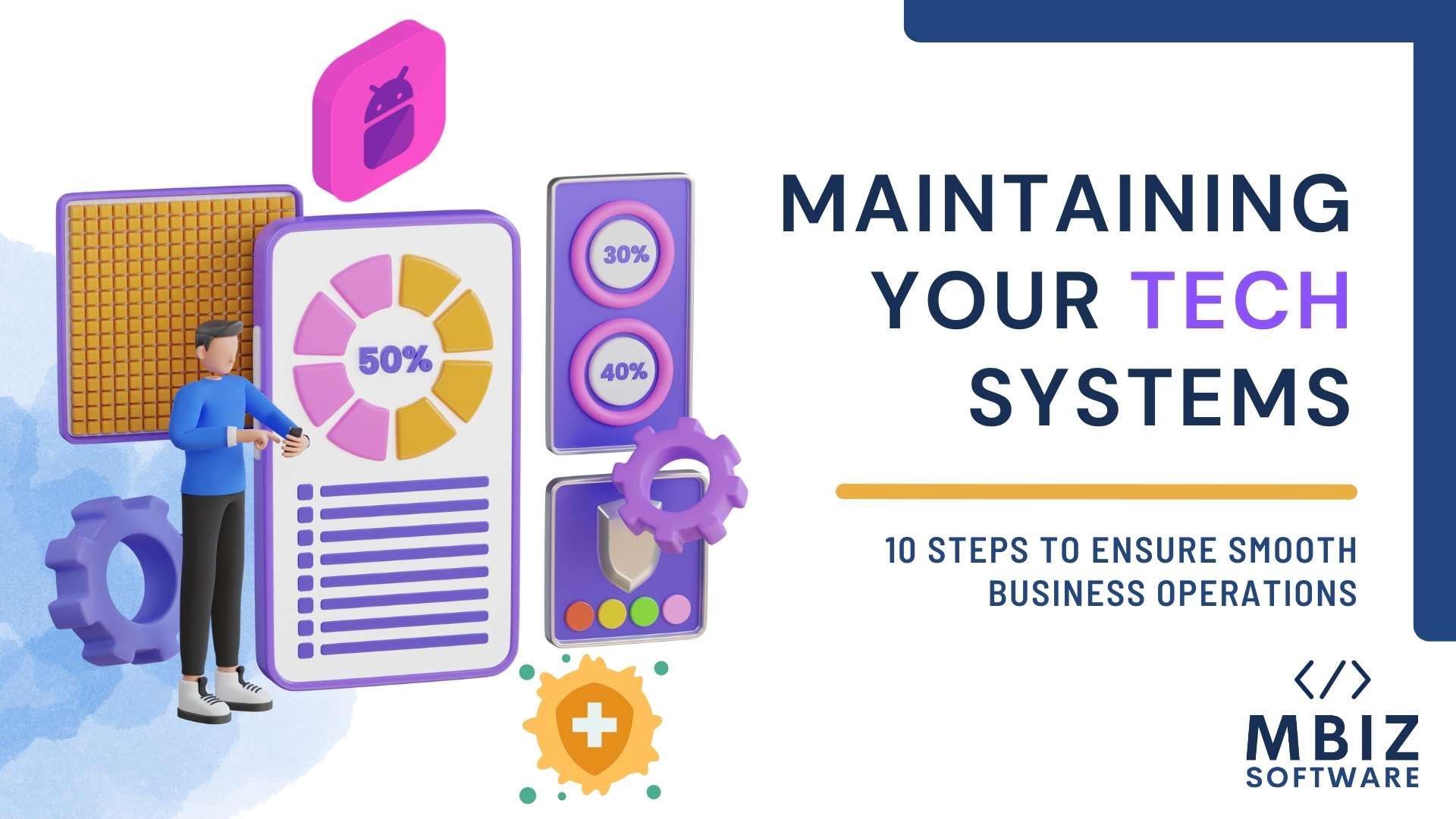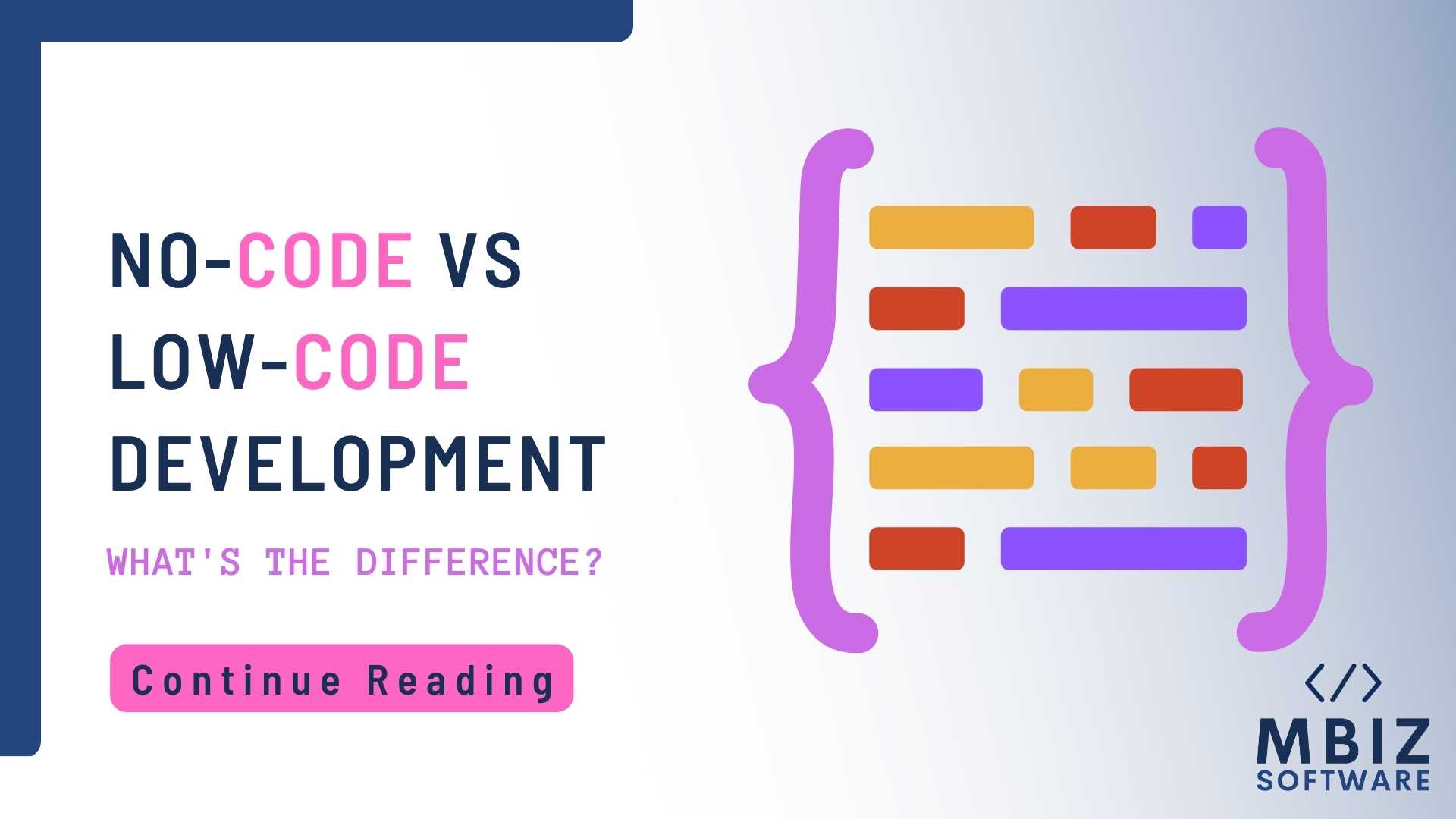In today’s fast-changing business world, the traditional office setting isn’t just stuck to four walls anymore. It’s transformed into something more dynamic, a hybrid blend of in-office and remote work that’s changing up the way we do business. At MBiz Software, we recognize the importance of encouraging a consistent and supportive culture, even in this hybrid environment.
Hybrid work isn’t just a temporary solution at MBiz Software; it’s ingrained in our company culture. We recognize the benefits of this model, offering employees the flexibility to choose where they work while maintaining a healthy work-life balance. By embracing hybrid work, we tap into a global talent pool, assembling diverse teams with unique perspectives and expertise, regardless of their physical location.
Moreover, effective communication remains central to our hybrid work culture. We leverage various tools and platforms to keep teams connected and engaged, whether they’re in the office or working remotely. With video calls, virtual meetings, and instant team messaging, teams can work together smoothly and feel connected. This bridges the gap between physical and virtual work spaces.
Collaboration is fundamental to our company culture in this hybrid environment. We actively encourage cross-functional collaboration and knowledge sharing through both virtual and in-person workshops and brainstorming sessions. This facilitates a collaborative environment, empowering our teams to innovate and solve problems together, regardless of their work setup.
At MBiz Software, we prioritize encouraging strong relationships among our team members through engaging activities that accommodate both in-office and remote employees. These include virtual and physical games, employee engagement activities, and collaborative problem-solving sessions. Additionally, we organize company outings and annual parties to promote a refreshing environment. In addition, we offer our team members health insurance plans and additional benefits to promote their overall wellness and foster a relaxed mindset while working in a hybrid environment.
Furthermore, we conduct regular one-on-one check-ins between management committee and team members, whether in person or virtually. Our team meetings offer a safe environment for open discussions, constructive feedback, and mutual support. We allow team members to openly discuss their professional goals, concerns, and career development needs.
By implementing these initiatives, we not only strengthen the bonds between team members but also improve a sense of unity and mutual support within our organization. By maintaining strong bonds and trust among our team, we create a welcoming work atmosphere where everyone feels valued, no matter how they work.
Trust remains fundamental at MBiz Software. We empower our team with autonomy and ownership, whether in-office or remote. Through clear goals, open communication, and regular feedback, we foster accountability, empowering employees to own their responsibilities.
At MBiz Software, we value our team members, and we’re dedicated to providing that everyone feels supported and included in this hybrid environment. By working together and being open to new ideas, we’re not just adapting to hybrid work – we’re advancing in it.
Concluding our voyage through the hybrid-work frontier, the MBiz Software team believes that teamwork and shared goals are key to success. We’re excited about the possibilities of this hybrid-work era and confident that we can achieve great things, no matter where we’re working from.










